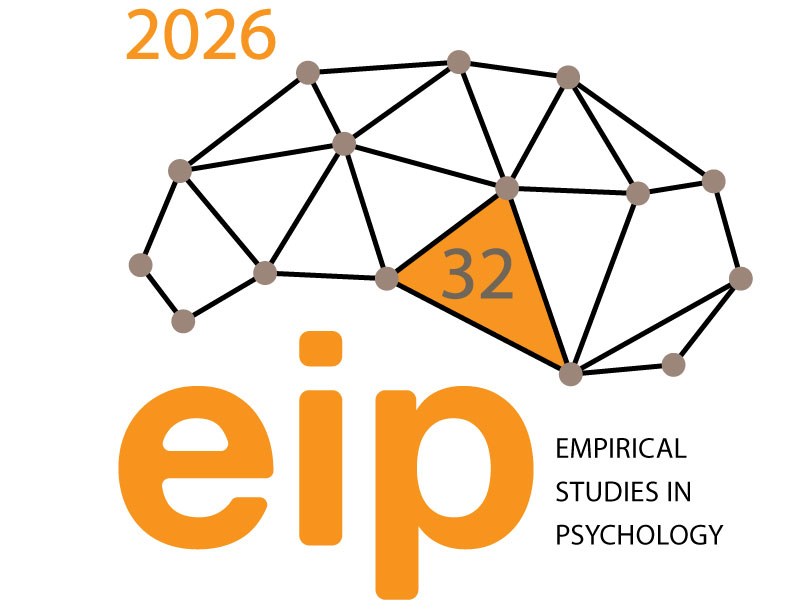What can the study of emojis reveal about the language user?
Emojis are popular in online written communication and their evolution attests to some ways in which human communication has been altered by technology. I will describe two lines of research, one that analyzes patterns of eye movement and a second with online tweets. Both focus on written text and how it is altered by the presence versus the absence of emojis. Results inform psychological models of how we use language -both verbal and nonverbal- to read and to express our social selves.
 |
Dr. Laurie Feldman is a Distinguished Research Professor at the University at Albany, State University of New York. The unifying theme to Professor Feldman’s program of research is the question of how a language user concurrently manages two linguistic codes. These interactions can arise between two languages, two writing systems for one language, native and accented speech, speech and text, or emoji and text. Results from her experiments delimit when codes appear independent, when they appear to compete and when they complement each other, and have practical implications for how we learn a language and how skilled users communicate in speech and in writing. Much of her work took the form of collaborations with people abroad and was supported by federal grants that she competed for. She is a Fellow of APS and a member of the AAAS and the Psychonomic Society. |
